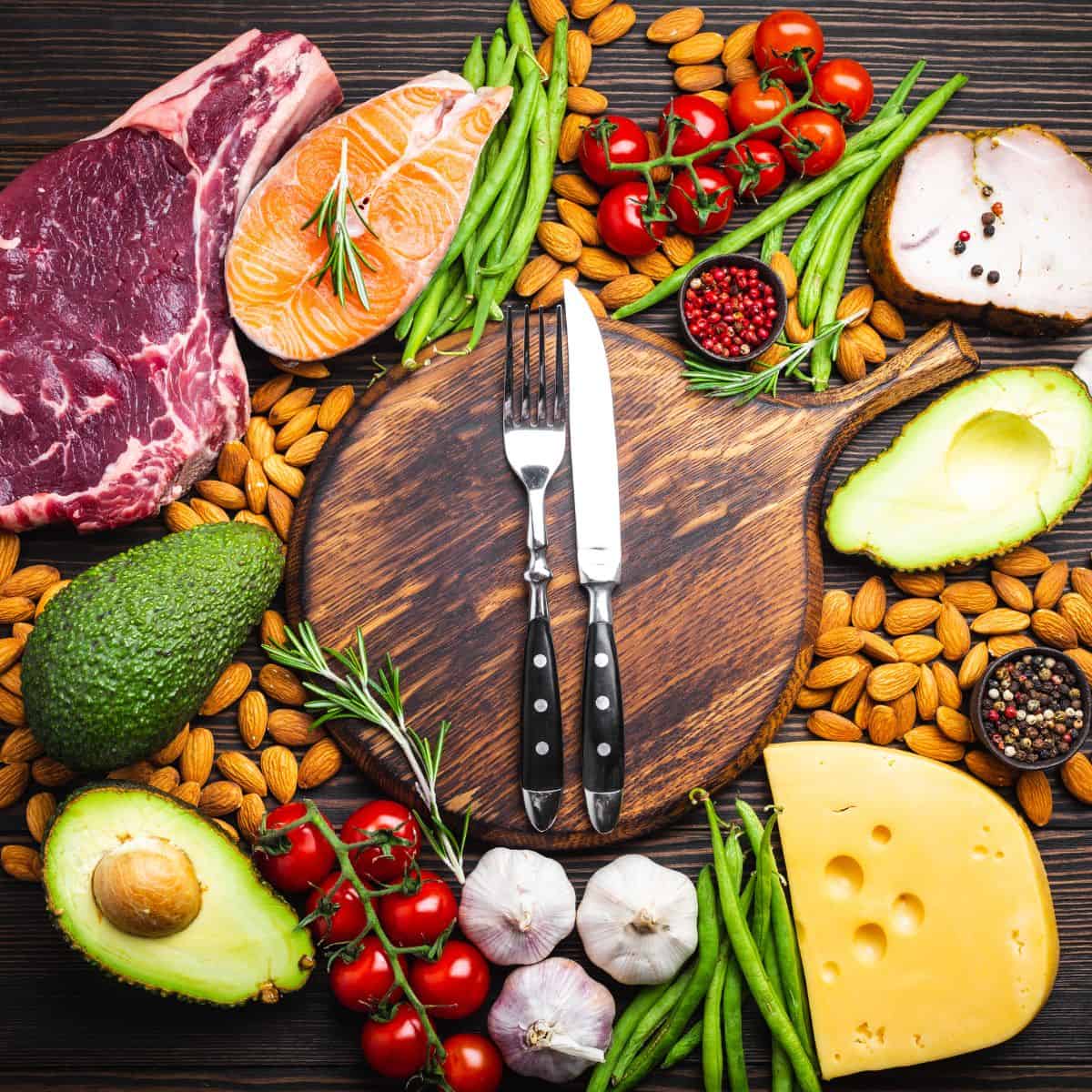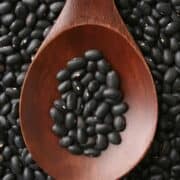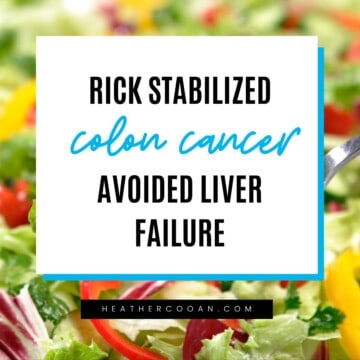Whether you’re deep into the ketogenic lifestyle or you’re nearing a decision to give it a try for the first time, understanding just what’s happening in the body at any given time throughout the process is an important component. The six stages of ketosis are happening at the metabolic level the longer you are in ketosis.

As you may already know, ketosis is a metabolic state where your body derives energy from ketone bodies instead of glucose. You can get into ketosis in a number of ways, including following a low-carbohydrate, high-fat diet, fasting, even skipping a meal or two, and working out. These actions push the body into an alternative metabolic state that has been linked to a reduction in systemic inflammation and increased healing potential for everything from obesity and cancer to autoimmune conditions and neurodegenerative disease. (1)
Most of our scientific understanding of how ketosis works comes from our understanding of how our body metabolizes in a fasting state because the ketogenic diet causes our bodies to essentially mimic a fasting state. (2) There are several signs and symptoms of ketosis and this post will take you through the different stages of ketosis and what’s happening to your body on a metabolic level.
QUICK REFERENCE
Stage One - Glycogen Depletion
During the first stage of ketosis, your body will still be using any fuel provided by your last high-carbohydrate meal and will begin to shift towards using glycogen (your liver glucose stores) and other non-bound, free fatty acids for energy. Beginning in about 6-24 hours after fasting or beginning a keto diet, hormone levels begin to shift, causing an increase in both fat burning and gluconeogenesis, the production of glucose within the body.
It’s important to remember that your body prioritizes metabolizing glucose, whether that’s from consuming carbohydrates and proteins, burning through stored glycogen, or metabolizing amino acids or muscle tissue. During this initial stage, your body is burning through those alternate energy sources and all the glycogen stores available in the liver but has not yet begun to produce ketone bodies.
Stage Two - Gluconeogenesis
Once the glycogen stores are fully depleted, gluconeogenesis takes over to provide the body with the necessary energy. When this stage happens is highly variable, but typically happens within 2-10 days of beginning a ketogenic diet. This stage also tends to last longer for healthy males and those who are obese, than it does for healthy females.
During this transitional stage, a very interesting metabolic shift begins to take shape in the body, and for a very important reason. Our brains have extremely high energy requirements. These requirements can be met with adequate glucose levels, but cannot be met through fatty acid metabolization. (3) When carbohydrate intake is down (because of fasting or following a keto diet) and your glycogen stores have all been used up, your body will begin converting glycerol into glucose through gluconeogenesis, and fatty acids into ketones through ketogenesis.
Here you are moving into a surface level of ketosis, where your liver is just beginning to produce ketones (albeit at lower levels) to compensate for the reduction of glucose, particularly with respect to aiding in brain function.
Stage Three - Ketogenic Phase
The ketogenic phase can happen anywhere from two days of fasting onward, depending on each individual. Now, the body has begun to produce ketone bodies to fuel itself, namely acetoacetate, which converts into the ketone bodies, Beta-hydroxybutyrate (βHB), and acetone. At this point, the brain is being fueled entirely by these ketone bodies, and to meet the massive energy demands of both your body and brain, your liver is now manufacturing ketones in bulk.
Stages one to three could also be described as the ‘Keto Flu Stage.’ Transitioning from a higher carbohydrate diet to a low-carb, high-fat diet is often characterized by a number of less-than-desirable symptoms. These symptoms can include:
● Headaches
● Fatigue
● Dizziness
● Cramping and sore muscles
● Irritability, mood swings, depression, and cravings
● Brain fog
● Stomach pain, nausea, and constipation
● Halitosis (bad breath)
● Strange smells
● Insomnia or other sleep disruptions
● Rashes and acne
The most important thing to remember is that this stage is transitional, and there are a number of ways to prevent or lessen the severity of your symptoms, including staying hydrated, making sure you have enough salts and electrolytes, getting plenty of sleep, and ensuring that you have regular bowel movements. You can read more about how to make it through the keto flu here.
This state of elevated ketone bodies in the blood is called ketosis. Though it can be tempting to throw in the towel if you’re experiencing negative symptoms, keep in mind that these transitional symptoms are usually short-lived. Science has even shown that sugar addiction can be even stronger than cocaine addiction! (4)
If you stay the course, you’ll reach the goal of the ketogenic diet, which is to keep the body in a state of ketosis, a remarkable metabolic state that helps control systemic inflammation decreases insulin levels, and can even be instrumental in treating cancer. And as an extra piece of motivation -- Healthy cells will make the necessary metabolic transition, but unhealthy, cancerous cells won’t!
Consuming more than the bare minimum of carbohydrates will trigger the release of insulin, which will cause an immediate and rapid decrease in the production of ketone bodies, and can kick you out of ketosis. (5)
Stage Four - Keto Adaptation Phase
Though scientific studies investigating the benefits of the ketogenic diet often look at the benefits in the short-term, as you stay on the ketogenic diet for months or years, you will move into very important stages, starting with keto-adaptation or the fat-adapted stage. This stage happens when your body becomes used to supplying its energy needs from fats and ketones.
During this stage, your goal should be to get your fasting insulin levels down to around 3. Remember, this will not happen if you are inconsistent with your carb intake or allow yourself many ‘cheat days’. This is because your body’s metabolism gets confused when going back and forth from glucose to ketones. But, you should also not feel discouraged if you see some fluctuation in your fasting insulin levels, because, during this stage, trapped glucose can be released from stored fat, causing a temporary rise in insulin levels.
And, if you’re looking for a benchmark or a sign that your adaptation phase is ending, your serum glucose levels will drop to between 60-70 (or 3 mmol).
Stage Five - Keto Detox Phase
Three to six months out is when the magic happens! But -- it's also the time that most people quit. If there’s any moment to ‘make it your lifestyle,’ it’s now. During the keto detox phase, your fasting insulin level will consistently measure below 3, and your cells will be running on ketones full-time. Since the body has fully transitioned, all of our fat cells will become available for cellular energy.
This stage is characterized by old fat, also referred to as white fat or white adipose tissue (WAT), being slowly exchanged for new fat, often referred to as brown fat or brown adipose tissue (BAT). One earlier study demonstrated that a ketogenic diet can increase levels of BAT, and potentiate greater energy usage, and a study that followed shortly after showed that the browning of WAT is likely going to be one of the most significant ways to combat rising levels of obesity and chronic health conditions. (6, 7)
While this phase is pretty amazing, and reducing WAT and creating more efficient BAT is essential for a healthy body, this phase is also characterized by yet another detox stage that can leave you feeling pretty awful, reexperiencing many of the keto flu symptoms, and potentially new ones, like hot flashes, cold sweats, and bad body odor. When you reach this stage, detox support is essential! By supporting your liver and digestion, you’ll be able to minimize these symptoms and move into a stage of true healing.
Stage Six - Keto Transformational Phase
Exactly when you enter the keto transformational phase is highly variable and depends on everything from your level of insulin resistance and toxin load to your genetics, but for most of us, this phase will come at the 6-month mark or just beyond that. At this point, you can expect to see big changes in your labs, and on any health scans. With enough dedication and commitment, patients have realized improvements in all sorts of challenging health problems, including leaky gut syndrome, chronic yeast infections, autoimmune disorders, diabetes, and cancer, though the healing timeline can be anywhere from 6 months to 3 years (and beyond)!
Now that you have a better understanding of the different stages your body will go through while on the ketogenic diet, you can better prepare yourself to handle any negative symptoms, know more about the timeline you’ll want to commit to, and take the time to prepare your mind and pantry to set yourself up for success!
Struggling with autoimmunity or chronic illness? Check out these success stories from clients who addressed the root-cause contributors of their autoimmune disease and are now thriving!
Sources:
- Dowis K, Banga S. The Potential Health Benefits of the Ketogenic Diet: A Narrative Review. Nutrients. 2021 May 13;13(5):1654. doi: 10.3390/nu13051654.
- Zhu H, Bi D, Zhang Y, Kong C, Du J, Wu X, et al. Ketogenic diet for human diseases: the underlying mechanisms and potential for clinical implementations. Signal Transduct Target Ther. 2022 Jan 17;7(1):11. doi: 10.1038/s41392-021-00831-w.
- Schönfeld P, Reiser G. Why does brain metabolism not favor burning of fatty acids to provide energy? Reflections on disadvantages of the use of free fatty acids as fuel for brain. J Cereb Blood Flow Metab. 2013 Oct;33(10):1493-9. doi: 10.1038/jcbfm.2013.128. Epub 2013 Aug 7.
- Ahmed SH, Guillem K, Vandaele Y. Sugar addiction: pushing the drug-sugar analogy to the limit. Curr Opin Clin Nutr Metab Care. 2013 Jul;16(4):434-9. doi: 10.1097/MCO.0b013e328361c8b8.
- Williams MS, Turos E. The Chemistry of the Ketogenic Diet: Updates and Opportunities in Organic Synthesis. Int J Mol Sci. 2021 May 15;22(10):5230. doi: 10.3390/ijms22105230.
- Srivastava S, Baxa U, Niu G, Chen X, Veech RL. A ketogenic diet increases brown adipose tissue mitochondrial proteins and UCP1 levels in mice. IUBMB Life. 2013 Jan;65(1):58-66. doi: 10.1002/iub.1102. Epub 2012 Dec 10. Erratum in: IUBMB Life. 2014 Jul;66(7):519.
- Elattar S, Satyanarayana A. Can Brown Fat Win the Battle Against White Fat? J Cell Physiol. 2015 Oct;230(10):2311-7. doi: 10.1002/jcp.24986.
- Manninen AH. Metabolic effects of the very-low-carbohydrate diets: misunderstood "villains" of human metabolism. J Int Soc Sports Nutr. 2004 Dec 31;1(2):7-11. doi: 10.1186/1550-2783-1-2-7.
- Düking T, Spieth L, Berghoff SA, Piepkorn L, Schmidke AM, Mitkovski M, et al. Ketogenic diet uncovers differential metabolic plasticity of brain cells. Sci Adv. 2022 Sep 16;8(37):eabo7639. doi: 10.1126/sciadv.abo7639. Epub 2022 Sep 16.
- Dashti HM, Mathew TC, Hussein T, Asfar SK, Behbahani A, Khoursheed MA, et al. Long-term effects of a ketogenic diet in obese patients. Exp Clin Cardiol. 2004 Fall;9(3):200-5.



















Comments
No Comments